Andy Dunn, John Hudson, Fred Barlow, Mick Hemmings, Burton Blume, Brian Slark, Jim Schmidt, Megacycle
|
This contribution compares some of these |
The stock Commando cam is of the same form as the Dominator SS cam of 1961. This cam was good enough to win the Thruxton 500 mile race in that and the following year, and also the 1000 kilometres race at Silverstone. So, the general notion that a stock cam cannot be any good rather depends on what you want it to do. This cam is fine for street use as it has a nice flat torque curve, however the hardness of the metal often leaves something to be desired and a lot of them could do with some heat treatment to reduce the wear. It is rumoured that the wrong treatment (nitriding?) was originally used on some of them, which actually made them softer.
It is worth checking the timing of this cam because at Woolwich it seems they had some trouble with the old cam grinder which had come down from Birmingham, and while the cam lobes came out fairly accurately in relation to each other, they were not at all accurate in relation to the driving keyway. The timing is checked at 0.13" valve lift: set the clearance to 0.016", then the opening/closing position is when a 3 thou. feeler gauge can just be pulled out from between the valve stem and the rocker adjusting screw.
The crucial figure with these cams seems to be the 8o lead of inlet lobe over exhaust lobe. To achieve this lead, the the timing can be advanced or retarded in 5o stages as follows. One tooth on the camshaft sprocket represents 40o on the crank, and one tooth on the intermediate gear in relation to the half time pinion equals 15o on the crank. Therefore, to retard the timing by 5o, rotate the cam sprocket one tooth anticlockwise, which advances the cam 40o; then rotate the intermediate gear three teeth clockwise, retarding the cam 45o, giving a net retard of 5o. To advance by 5o, rotate the cam sprocket one tooth clockwise and turn the intermediate gear three teeth anticlockwise.
Because the timing mark on the intermediate gear is a marked space between teeth, it is obscured when the timing chain is in position, so it is an advantage to mark the tooth on either side of the dot with white paint. At the same time, mark the teeth three spaces away on one side of the dot with red paint, and the ones on the other side with yellow; then it is much easier to see what you are doing when assembling chains and sprockets.
Combat
Just to cause confusion, another SS cam, henceforth known as the 2S, was introduced for the 750cc Combat engine. This cam had more lift and duration and virtually equal overlap, i.e. no lead. The result was more power at the top end at the expense of bottom end torque. The 2S was also recommended for 850cc Stage 1 tuning, i.e. fast road work. There was another grind known as the 3S which had the same timing as the 2S but more acceleration, and 0.016" ramps instead of 0.010". The 2S and 3S cams may be advanced up to 3o to restore some lead and presumably result in a less peaky power curve. Advance by 5o as above, then file a tiny step on the camshaft key to turn the sprocket 1o anticlockwise. The net advance is then 3o.
Other Sports Cams
The 4S has advanced inlet timing compared with the 2S, while the exhaust timing remains the same. This yields more midrange power than the 2S. It was recommended for 850cc Stage 2 tuning, i.e. road racing, but it might be better than the 2S for sports road use as well. Other cams you might come across from the olden days are the Dunstalls. The Dunstall race cam had a pressure oil feed to the lobes and usually ran in needle rollers.
Modern Developments
The PW3 was a Peter Williams design developed from the works John Player cams of 1973/74. Mick Hemmings says he won the race on his first outing with this cam and it is the best he has used. There is also a cam known as the 7S, but we have no information on this one.
American Cams
The Axtell #3 is the legendary grind developed for flat track racing in the U.S.A. The particular torque characteristics make it very suitable for road use as well. C.R. Axtell stopped making them years ago and apparently refuses now to make Norton cams. However, we have it on good authority that the Norris SS/Megacycle 560-NSS grind is equivalent. This cam has less lift, longer duration, and no lead compared with the traditional British performance grinds. It is best in 850cc and larger motors and gives power throughout the rev range. Other Norris grinds now available from Megacycle include the R (all round performance for a 750, with strong low and midrange power) and the D+ and 480 (top end power for road racing and drag strip use). Megacycle's own cams include the 560-00 which is good all round, but needs radiused tappets.
The standard Commando rocker ratio is 113%.
| COMMANDO CAMSHAFTS | ||||||||||
| CAM | Clearance at lift |
Inlet valve o btdc |
Inlet valve o abdc |
Exhaust valve o bbdc |
Exhaust valve o atdc |
Cam lift (inlet) |
Cam lift (exhaust) |
Clearance (inlet) |
Clearance (exhaust) |
Duration |
| Stock (1) | 0.020" | 50o | 74o | 82o | 42o | 0.330" | 0.330" | 0.006" | 0.008" | 290o |
| Stock (1) | 0.040" | 50o | 74o | 82o | 42o | 0.330" | 0.330" | 0.006" | 0.008" | 268o |
| 2S | 0.040" | 59o | 89o | 88o | 60o | 0.390" | 0.346" | 0.010" | 0.010" | 274o |
| 4S | 0.020" | 65o | 83o | 88o | 60o | 0.390" | 0.346" | 0.016" | 0.016" | 302o |
| 4S | 0.040" | 65o | 83o | 88o | 60o | 0.390" | 0.346" | 0.016" | 0.016" | 280o |
| 7S | - | - | - | - | - | - | - | - | - | - |
| PW3 | - | 50o | 82o | 84o | 48o | - | - | - | - | - |
| Axtell #3 | 0.040" | - | - | - | - | 0.350" | 0.350" | - | - | 278o |
| 560-00 (3) (4) | 0.040" | 34o | 63o | 63o | 34o | 0.395" | 0.395" | 0.010" | 0.010" | - |
| 560-20 (3) (4) | 0.040" | 38o | 65o | 64o | 31o | 0.400" | 0.355" | 0.008" | 0.010" | - |
| 560-SS (3) | 0.040" | 34o | 62o | 60o | 32o | 0.390" | 0.335" | 0.006" | 0.008" | - |
| 560-N-R (3) | 0.040" | 35o | 63o | 63o | 35o | 0.361" | 0.361" | 0.013" | 0.020" | 314o |
| 560-NSS (3) | 0.040" | 38o | 66o | 66o | 38o | 0.359" | 0.359" | 0.008" | 0.010" | 308o |
| 560-D+ (3) | 0.040" | 43o | 43o | 73o | 43o | 0.405" | 0.405" | 0.015" | 0.015" | 316o |
| 560-N480 (3) | 0.040" | 50o | 82o | 82o | 50o | 0.436" | 0.436" | - | ||
| Dunstall Street (2) | - | 56o | 76o | 86o | 54o | - | - | 0.006" | 0.008" | - |
| Dunstall Race (2) | - | 71o | 69o | 78o | 51o | - | - | 0.008" | 0.010" | - |
| (1) Factory cams measured at 0.013" valve lift (see text) | ||||||||||
| (2) Timing with tappets set to standard clearances | ||||||||||
| (3) Megacycle | ||||||||||
| (4) Needs 3" radius tappets | ||||||||||
| Other useful figures which can be calculated from the Table are:- | |
| Inlet duration = 180o + oobtdc + ocabdc |
In general, higher values for the lobe centre produce more power in a narrower band |
| Exhaust duration = 180o + oobbdc + ocatdc | |
| Inlet lobe centre = duration/2 + oobtdc | |
| Exhaust lobe centre = duration/2 + ocatdc | |
Another useful measurement is the cam lift at t.d.c. With the cylinder head removed, measure the lift from the centre of the base circle using a dial gauge on the pushrods.
| Cam | Inlet | Exhaust |
| 2S | 0.157" | 0.144" |
| 3S | 0.166" | |
| 4S | 0.189" | 0.152" |
The relationship between inlet and exhaust lifts at t.d.c. is important. Advancing the timing results in a wider power band; retarded timing results in a peakier power band with more top end and less detonation.
Finally, when installing a cam, always regrind followers, even if they look good, to ensure proper bedding in. Grind them with the rotation of the cam, and not side to side. The chamfer goes at the front. Remember, the cam rotates backwards, as it were, so oil draining from the head lubricates the cam as it lifts.
A high lift cam will not simply drop straight into a motor. It may not turn at all unless the camshaft tunnel in the cases is opened out and the barrel base is relieved around the cam followers. Check the clearance between valves and piston throughout the revolution, between the valves themselves, and also between the top of the valve guide and the top spring retainer at full lift. There may be a specified installed height for the valve springs; there will be a specified distance from coil bound conditions at full lift; adjust this with shims. Cams with serious lift and overlap will need tuned induction and exhausts to get the best out of them.
Camshaft comparisons
Most cam problems show up in the first 5000 miles or so and it will be very obvious that it is bad. Neither 750 cams were known for premature failure. If the lobes look to be in good form you can have it heat treated/Tuftrided/nitrided again if you want to ease your mind. I had a 2S cam nitrided at a local shop for about $30US. It is a good idea to get your lifters resurfaced too (maybe $50/4).
The stock single S cam is a good all around performer with excellent low end and the ability to reach redline in any gear with a 20 tooth or less CS sprocket. I have had good luck with Megacycle cams but they are getting pricey and I am not sure the minimal performance gain is worth it.
Pete Serrino (serrinop@ehsct7.envmed.rochester.edu) on NOC-L 9th. Jan 1998
More camshaft comparisons
Firstly, do not fit a 4S cam. These are very popular, because they got a reputation for making you go faster and if you spend a lot of time at full throttle they are lumpy enough to ensure a huge amount of valve lift to get mixture in. But, and it is a big but, this cam is not tractable as the power comes in high up the rev range and requires 16 thou valve clearance all round. You end up with a rattley head and a loss of torque.
Those truly in the know recommend a PW3 cam. This was designed by Peter Williams and provides power but in a way which minimises valve float and best suits the characteristics of the engine.
A.B. Higgs (abhiggs@netcomuk.co.uk) on NOC-L 9th. Jan 1998
Single S vs. 2S camshaft
I have replaced the stock cam in my Mk.lll with the 'Combat' cam, which I believe is the 2S. The top end performance is way better. However, I live in a congested city area (Seattle) and miss the gobs of low and mid range torque the stock cam had. The decision to use the 2S cam was partly because I didn't want to use an unknown new cam bur rather a work hardened used cam and the 2S was all that was available used at the time. I'm really leary of cams since my Mk.lll is working on its third cam in 40,000 miles.
Tom Allen (thomasa@halcyon.com) on NOC-L 11th. Jan 1998
'Axtell' camshaft suits high compression pistons
I have an 850 Commando in which I have installed 10:1 pistons. When I first installed them, I ran it with the stock cam. At times I would notice that it would ping (pink?) when at low revs, under acceleration, especially when it was hot. But after I installed a higher performance cam (so-called Axtell grind with more valve overlap but modest increase in lift, for better mid range), I no longer have experienced the pinging, under any conditions; and this is with the locally available 91 octane unleaded.
Bill Larson (william_larson@aar.com) on NOC-L 19th. Jan 1999

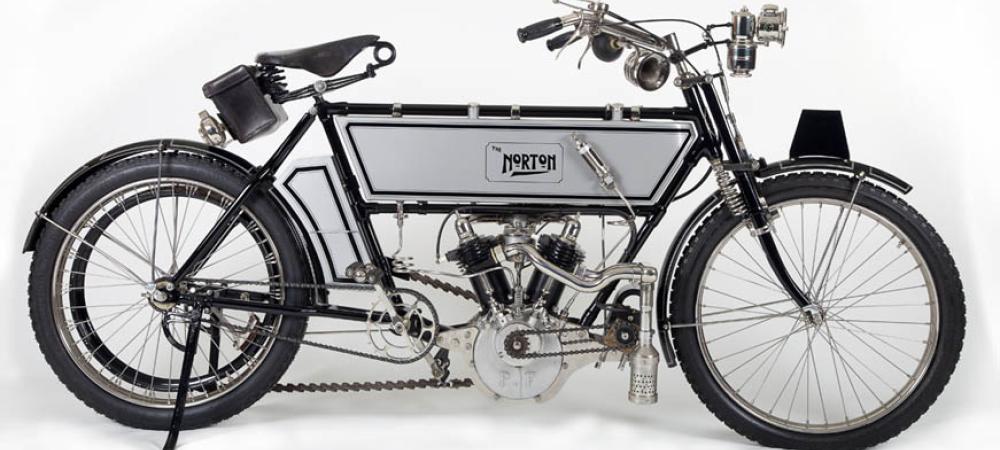
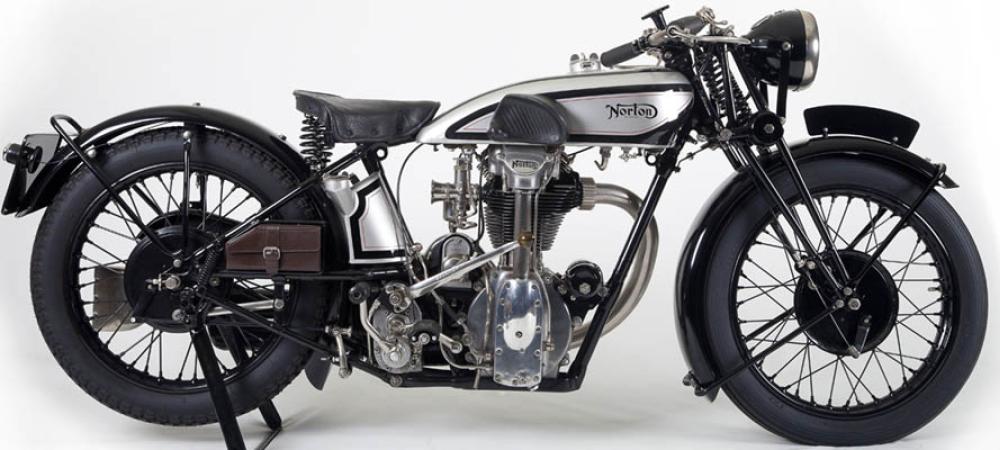
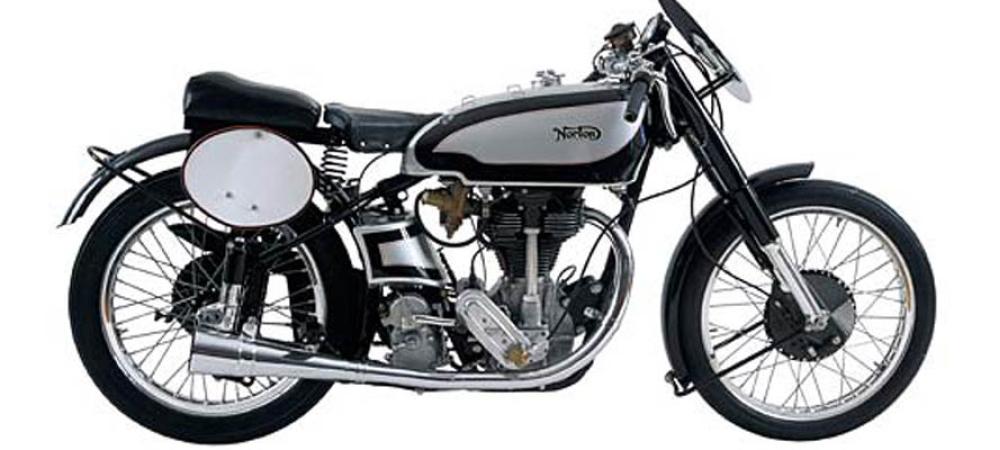
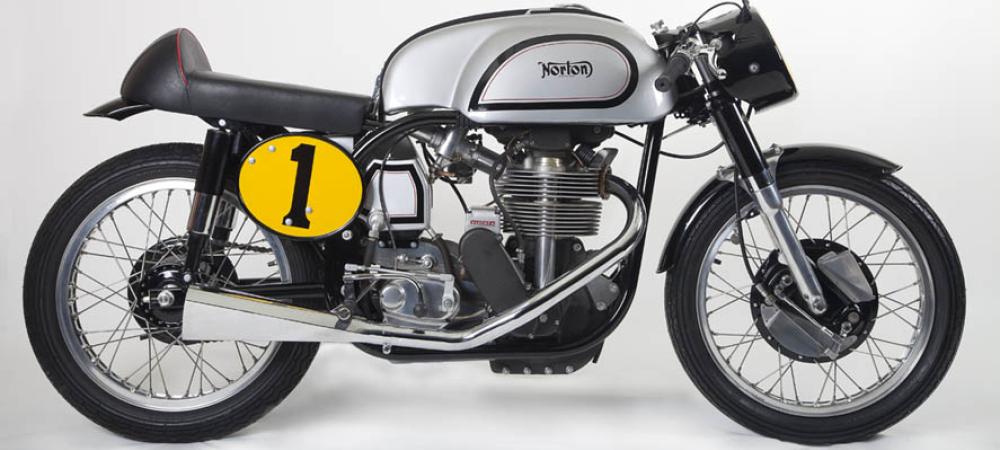
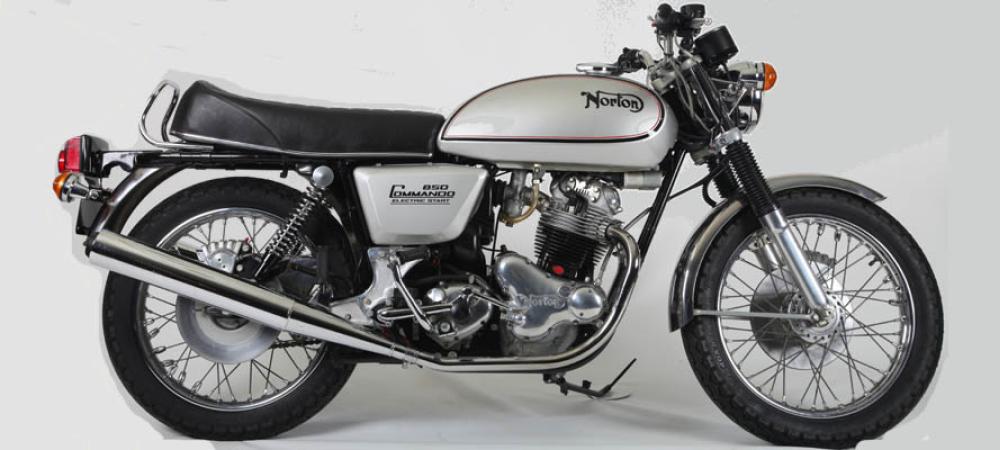
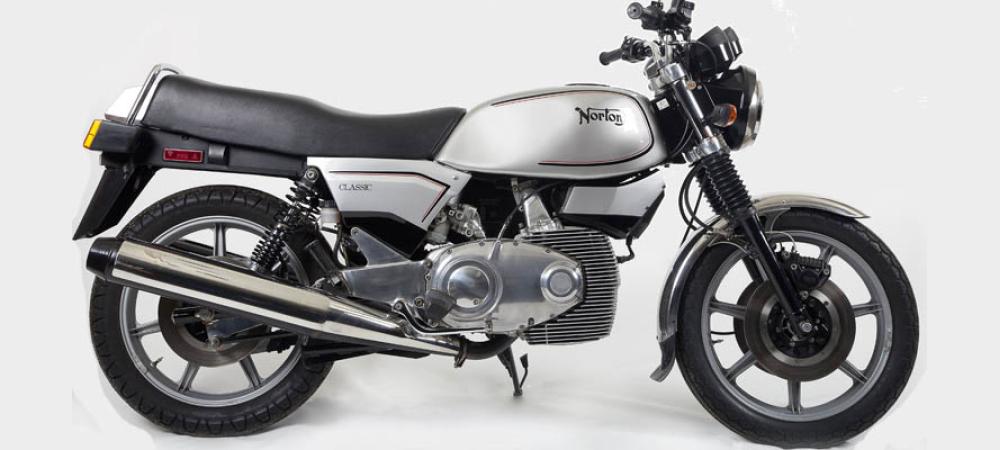
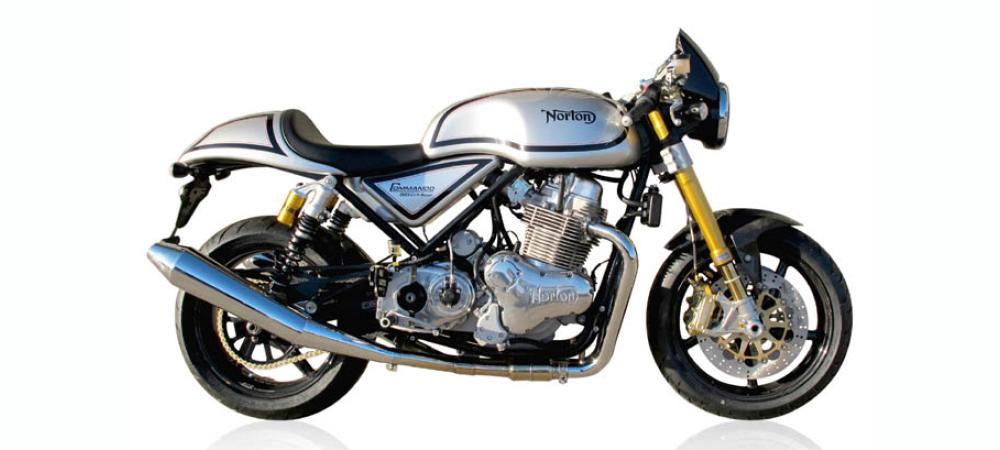
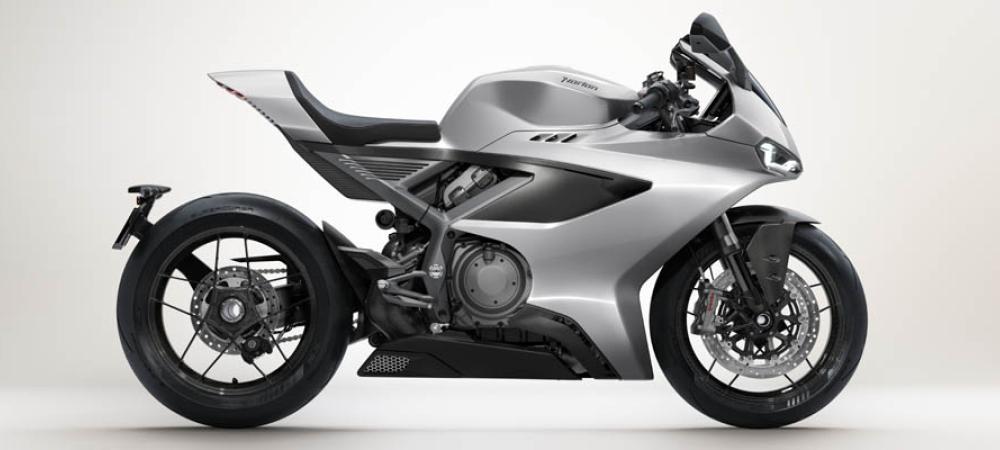
 Apart from the stock cams fitted to production Commandos, there have been developed a number of other ones, offering varying degrees of engine tune.
Apart from the stock cams fitted to production Commandos, there have been developed a number of other ones, offering varying degrees of engine tune.

